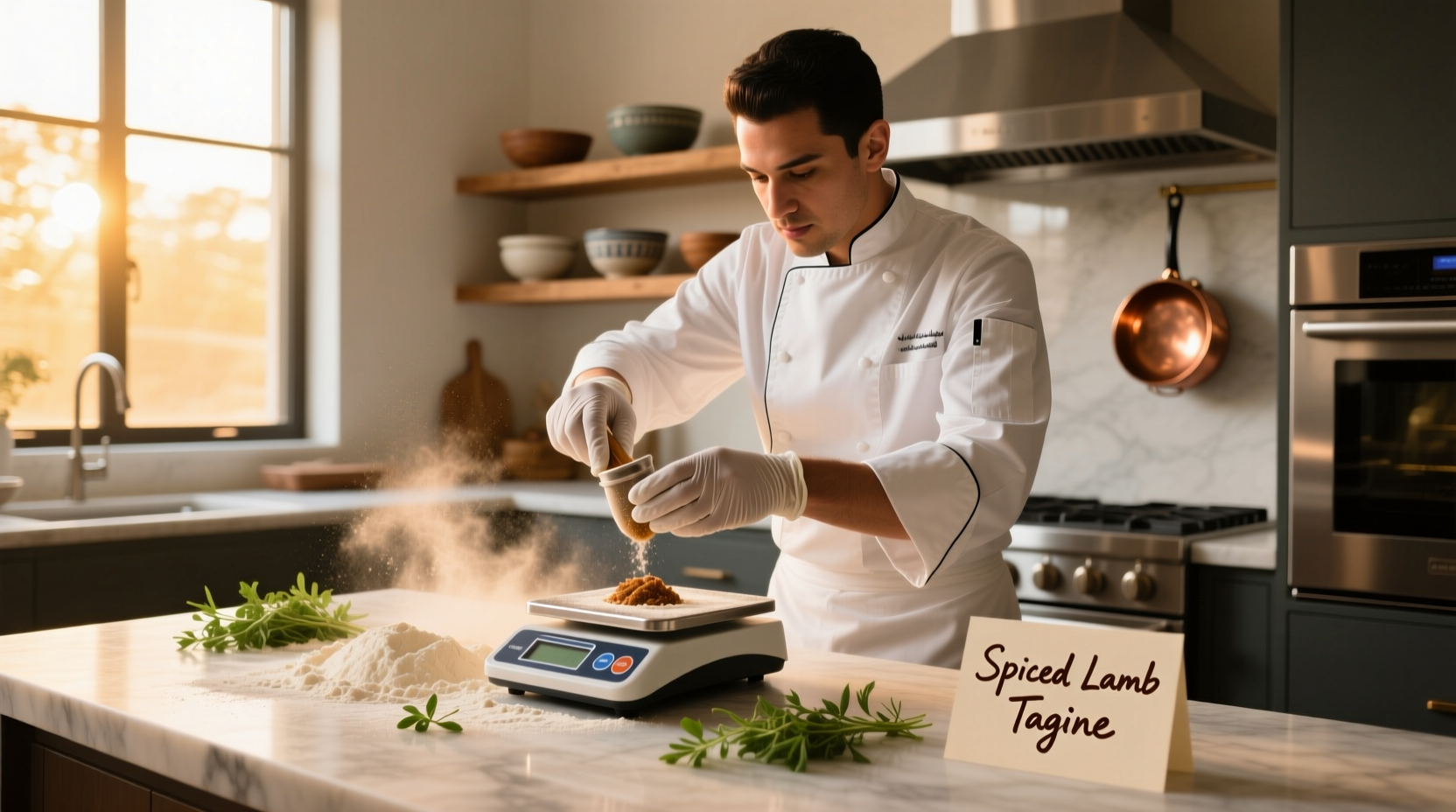What Yield Really Means for Your Cooking Success
When you see "yield: 4 servings" or "makes 24 cookies" in a recipe, that's the yield—the final quantity of food the recipe will produce after preparation and cooking. Unlike vague terms like "serves 4," yield provides a measurable outcome, typically expressed in volume (cups, quarts), weight (ounces, pounds), or count (number of items).
How Yield Appears in Professional and Home Recipes
Recipes communicate yield in several standardized ways. Recognizing these formats helps you interpret recipes accurately:
| Yield Format | Example | Best Used For |
|---|---|---|
| Volume Measurement | "Yields 6 cups" | Soups, sauces, beverages |
| Weight Measurement | "Yields 1.5 lbs" | Doughs, meats, bulk items |
| Count Specification | "Makes 12 muffins" | Baked goods, portioned items |
| Serving Size + Count | "Serves 4 (1.5 cups each)" | Meal planning, dietary tracking |
Why Yield Varies: The 4 Key Factors You Control
Even when following the same recipe, your yield might differ from the stated amount. These four elements significantly impact final yield:
- Ingredient measurement precision - A 10% difference in flour measurement can change bread yield by 15%
- Cooking technique - Simmering vs. boiling affects liquid evaporation in sauces
- Equipment differences - Pan size and material alter evaporation rates
- Environmental conditions - Humidity impacts dough hydration and final baked goods weight

Practical Yield Applications for Home Cooks
Understanding yield transforms how you approach recipes. Here's how to apply this knowledge:
Accurate Meal Planning
When a soup recipe states "yields 8 cups," you can calculate exactly how many 1.5-cup servings it provides (approximately 5 servings). This precision prevents both food waste and unexpected shortages when hosting.
Intelligent Recipe Scaling
Scaling isn't just multiplying ingredients. If a cookie recipe yields 24 cookies at standard size, making "double" cookies won't yield 12—it will yield about 6 due to volume calculations. Professional bakers use yield percentages to scale accurately.
Cost Per Serving Calculation
Divide total recipe cost by the yield weight or volume to determine true cost. A $15 lasagna yielding 8 cups costs $1.88 per cup—more accurate than "serves 6" when portion sizes vary.
Yield Challenges and Solutions
When your actual yield doesn't match the recipe, these common issues are likely culprits:
- Overmixing batter - Incorporates excess air that collapses during baking, reducing final volume
- Inconsistent chopping - Uneven vegetable sizes cook at different rates, affecting final volume
- Evaporation differences - Simmering uncovered vs. covered changes liquid yield by 20-30%
Professional kitchens address these through standardized procedures. At home, maintain consistent techniques and record your actual yields to build personal reference data.
Yield in Professional Contexts: Beyond Home Cooking
Commercial kitchens track "as-purchased to edible-portion" yield percentages. For example, a whole chicken has approximately 65% edible yield after removing bones and skin. The USDA's FoodData Central database provides standardized yield percentages for hundreds of ingredients, helping chefs calculate food costs precisely.
Understanding these professional standards helps home cooks minimize waste. When a recipe specifies "2 cups chopped onions (from 1 large onion)," that's acknowledging the 80% edible yield of onions after peeling and trimming.
Mastering Yield for Better Cooking Results
Tracking your actual yields builds valuable cooking intuition. Start noting:
- Actual volume/weight produced vs. recipe claim
- Ingredient brands used (affects absorption rates)
- Environmental conditions during cooking
- Technique variations you implemented
Within a few months, you'll develop personalized yield factors that make recipe adaptation intuitive. This practical knowledge separates cooks who follow recipes from those who truly understand the cooking process.
Frequently Asked Questions About Recipe Yield
Q: Does "yield" mean the same as "servings"?
A: No. Yield refers to the total measurable output (cups, weight, count), while servings divide that yield into portions. A recipe yielding 8 cups might serve 4 people with 2-cup portions or 8 people with 1-cup portions.
Q: Why does my cookie yield differ from the recipe?
A: Cookie scoop size is the primary factor. A standard recipe assumes 1.25-inch diameter cookies. Using a larger scoop reduces yield proportionally. For accurate scaling, weigh your dough portions.
Q: How do I adjust baking time when changing recipe yield?
A: Baking time changes non-linearly with yield. Doubling a cake recipe requires about 25% more baking time, not double. Always use visual and temperature cues rather than strict timing.
Q: Can I trust yield information in all recipes?
A: Reputable culinary publications and professional chef resources provide tested yield information. User-generated content often has untested yield claims. When in doubt, look for recipes that specify both yield measurement and serving size.











 浙公网安备
33010002000092号
浙公网安备
33010002000092号 浙B2-20120091-4
浙B2-20120091-4